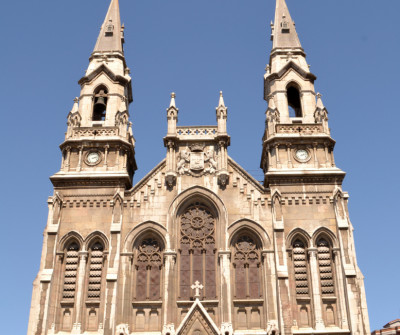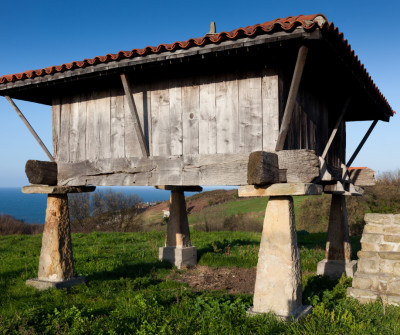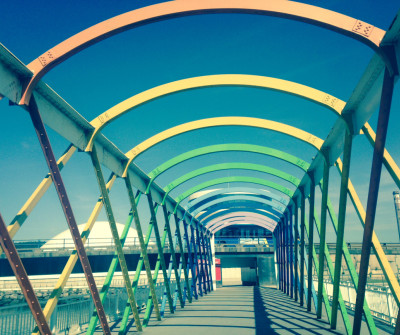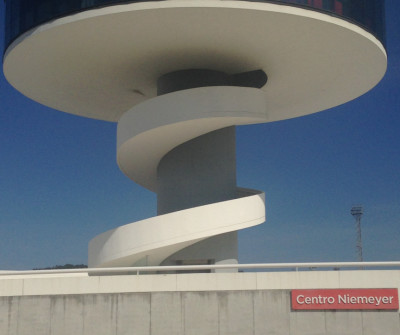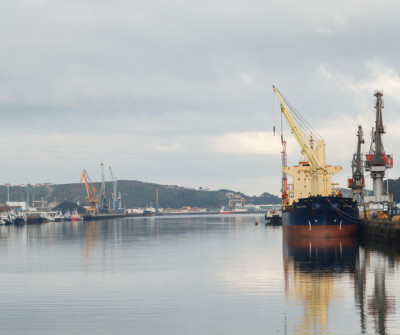This section links the two most important coastal cities in Asturias. You leave Xixón/Gijón through the esplanade towards the Plaza Padre Máximo. If you follow the signs, you will leave an industrial park behind, through a path that runs parallel to the road.
READ MOREThe village of Veriña marks the beginning of the climb towards Monte Areo, moving from a rural landscape into an industrial one. You have to climb for 3 kilometres, but the hardest bit is at the beginning. Many Palaeolithic findings were made here, such as burial mounds and dolmens. From there you descend towards Santolaya/Santa Eulalia, in the valley of Carreño, with its 10th-century church.
Going through an industrial area again, the route continues towards Tabaza, where you will find many cafeterias and restaurants. Avilés is a city linked to the development and decline of steelworks - it has gone through an amazing environmental and aesthetic regeneration process. Apart from its maritime neighbourhood, it has the best preserved old town in Asturias. The city has been renamed as “the medieval city of Asturias” and you can get lost in its narrow streets, visit the church of Santo Tomás de Canterbury, the Plaza Mayor or the palace of Camposagrado, to name a few monuments and interesting buildings.
The Calle Galiana is the street in Avilés with the longest arcade. It also used to have houses with stables on the ground floor and the flooring is still of two types: cobbled for the cattle and those wearing “madreñas” (wooden clogs) and flat for the rest.
Tips from our postmen and women
What to do and see in Aviles?

“I’d recommend the old town, Barrio Sabugo, Calle Rivero, Galiana, Plaza de España, Calle Ferrería, Parque de Ferrera and nowadays the “Centro Cultural Oscar Niemeyer”, a unique cultural centre. After Santiago de Compostela, Avilés is the Spanish city with most arcades in its streets”.


 Filter
Filter